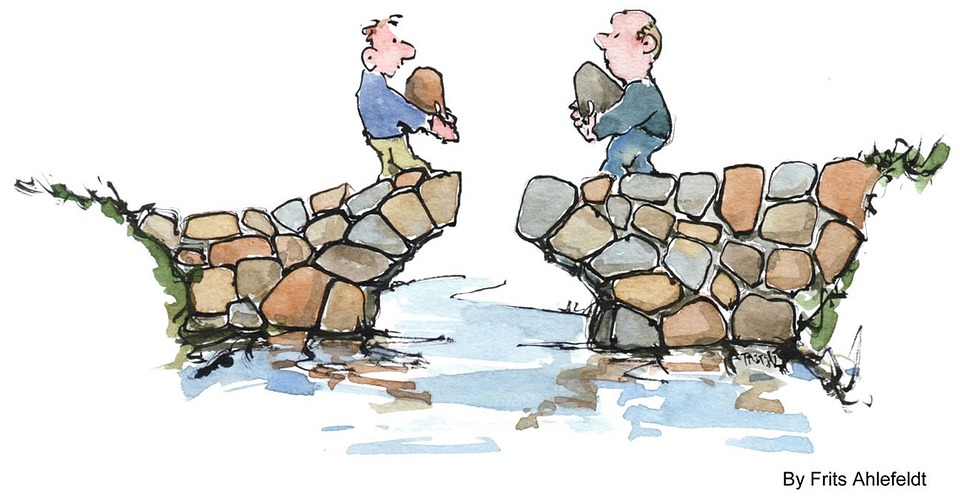
22 Oct Bridging the gap
Q. You are sure that your statement represents scientific truth?
A. I am.
Q. On what basis?
A. On the basis of the mathematics of psychohistory.
Q. Can you prove that this mathematics is valid?
A. Only to another mathematician
Isaac Asimov, Foundation
One of the biggest mistakes we scientists make is to think that we completely understand what we are doing. Please do not let my words give you the wrong idea: we are versed in the topics we are researching and we can usually comprehend the methods and models involved. But on the other hand, I cannot remember when was the last time I asked myself if I really understood the most basic concepts of my research. Or at least it was like that until I had to explain them for younger and more inquisitive minds.
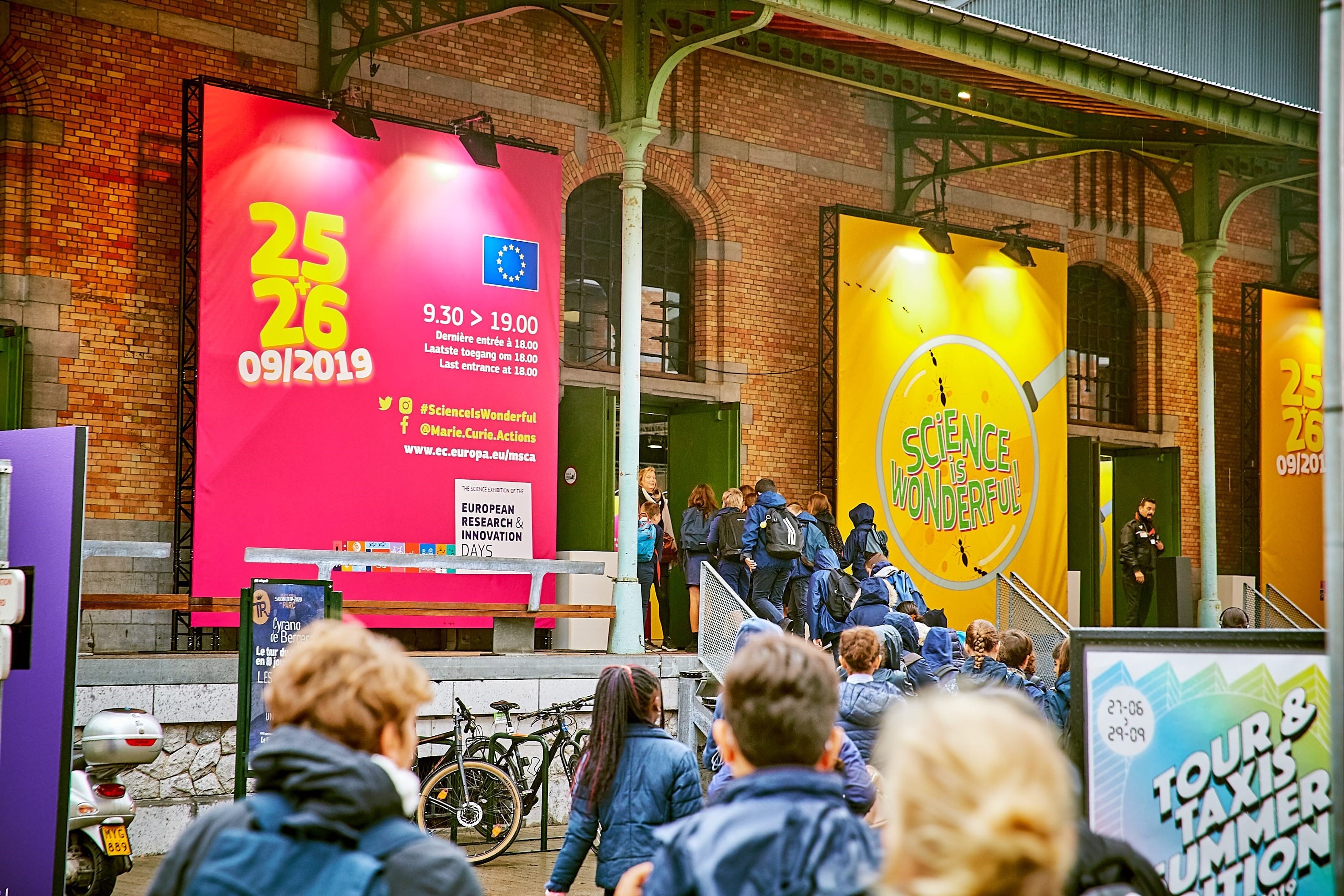
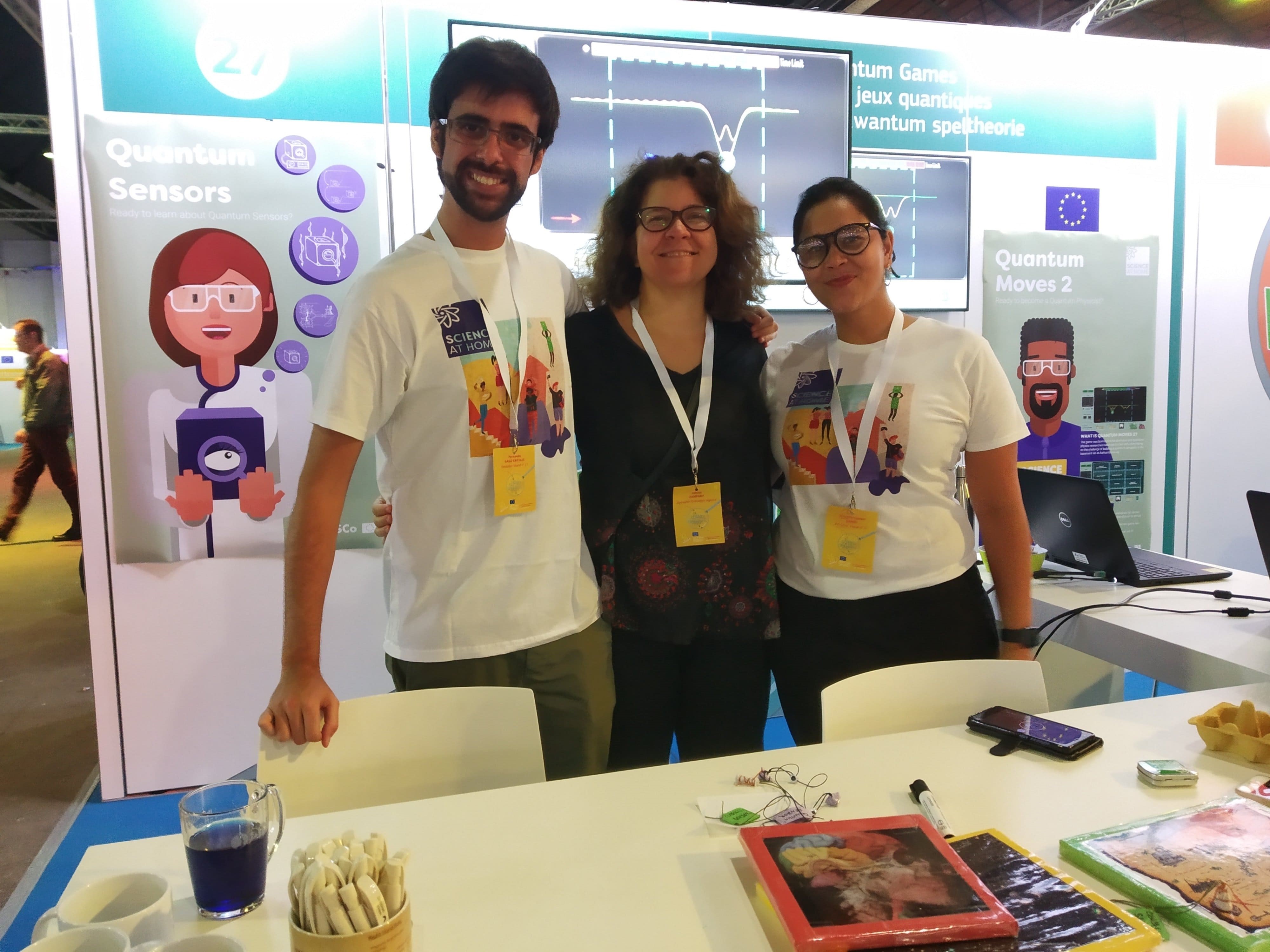
We spend years pretending to work in something so obscure that only a little community in the world will be able to understand. Well, that is just not true. Though it is extremely hard to avert the gaze from the details and take a step back to understand the big picture. It was a real challenge admitting that there were very familiar concepts that I could not really explain to other people. And the reason was quite simple: I did not really know how my little world was connected to the reality we live in or the similarities it had with other ideas of our daily life.
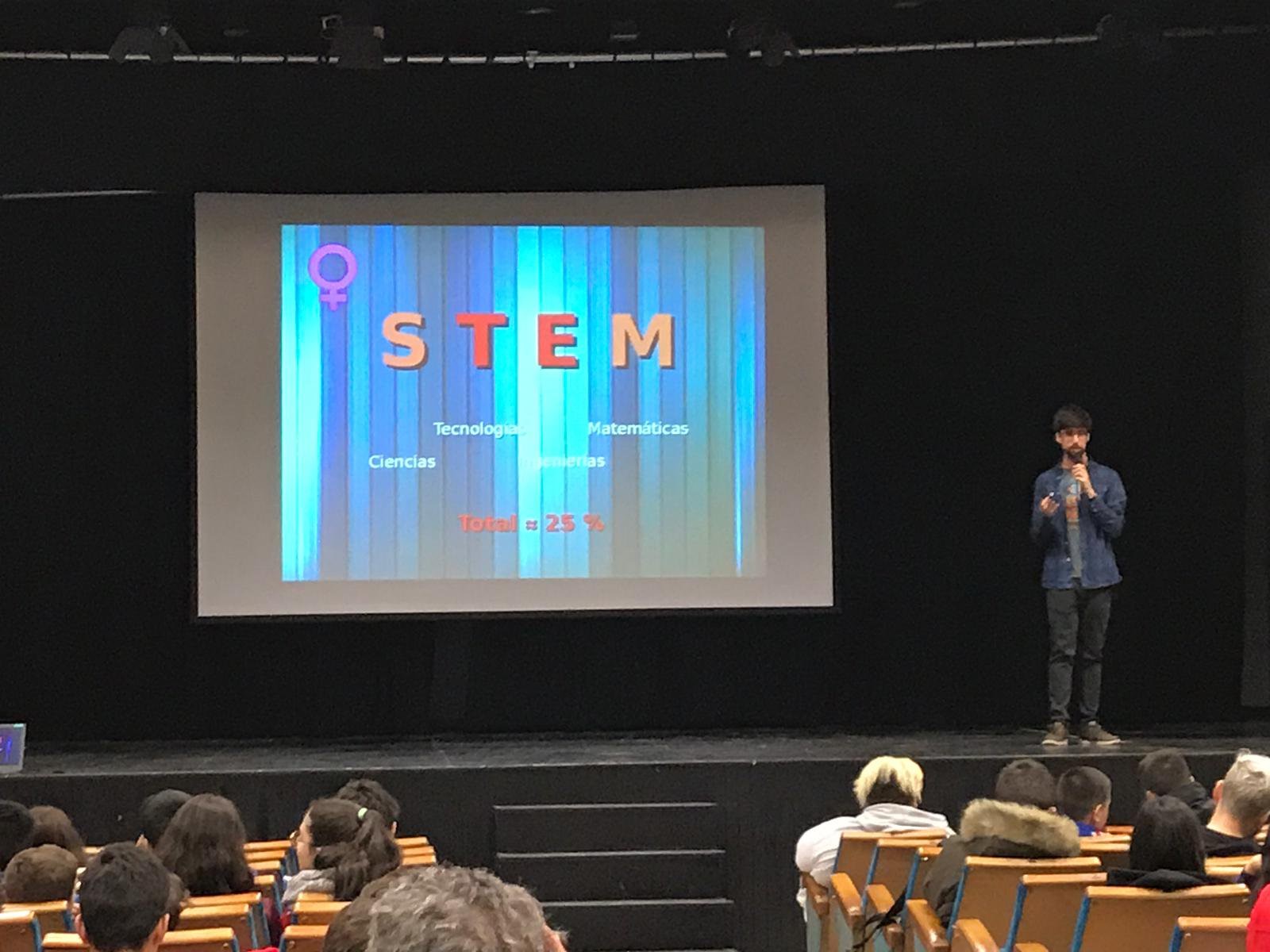
Explaining the importance and the beauty of science, and more specifically quantum physics, quantum sensing, and optimal control, has been one of the greatest experiences in my professional life, because it was both challenging and rewarding. Having to go one step further back to explain another concept or answering questions surprisingly well-posed by children was something I was not prepared for and yet I enjoyed it until the very last drop.
My first real outreach activity was the small talk I gave in my own high-school in Madrid last spring. I remember the auditorium full of teenagers waiting for me to tell them why quantum physics is not something unintelligible but rather a branch of knowledge that is quite entertaining and with great job opportunities. And then came the events of Science is Wonderful! In Brussels and the European Researchers Night in Madrid, that took place in September. The age spectrum there was much wider, ranging from school to high school students. Luckily for us, we had prepared board- and video games to explain what is quantum sensing and why do we use optimal control in it. Of course, it was impossible to create a real interest in all of our audience, but it was really fulfilling to see how we aroused the curiosity of the kids or how the young adults contemplated science from a fresh point of view.
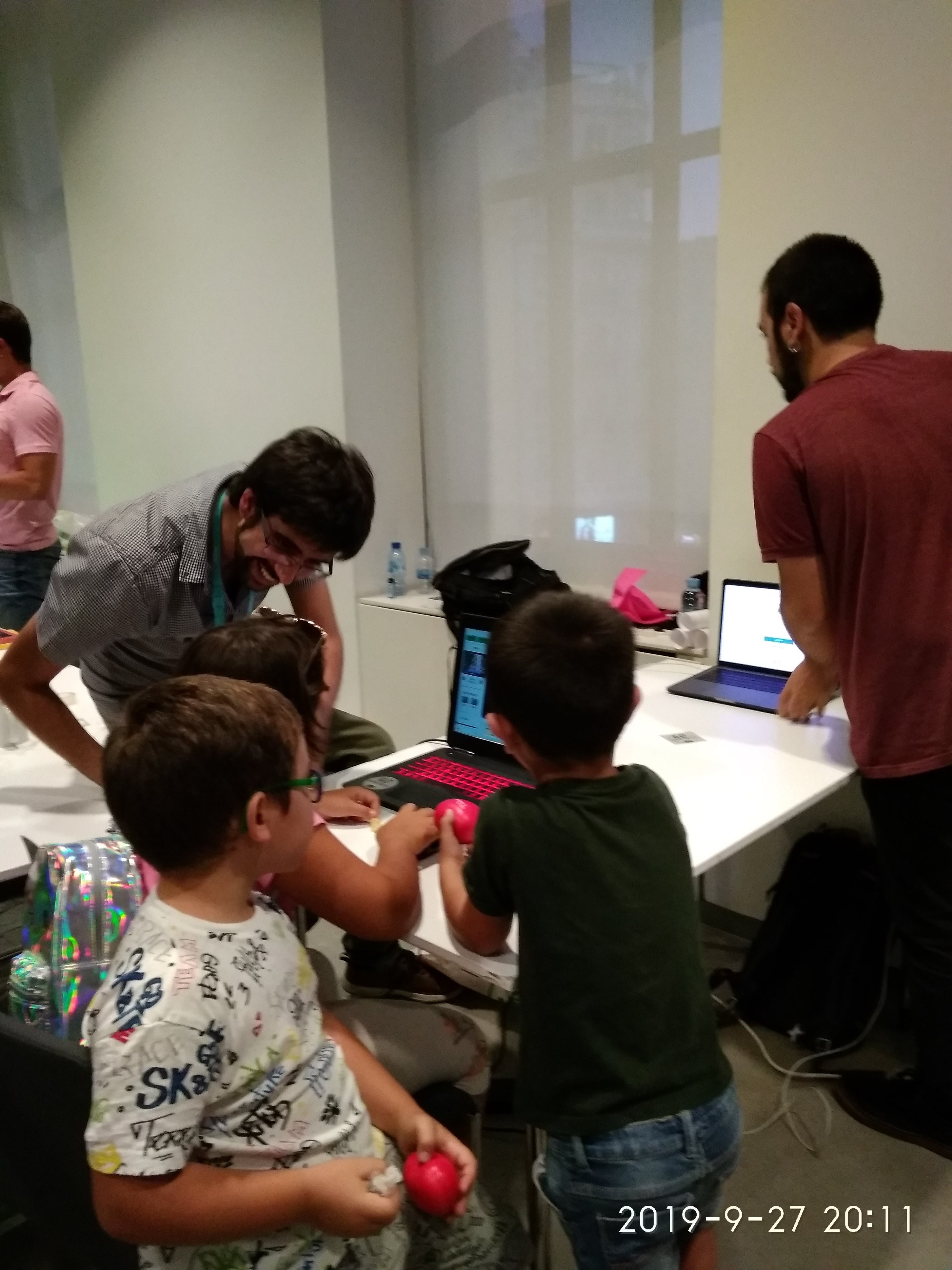
Thus it is really important for all of us to make science accessible to all audiences. It is in the early ages when all the misconceptions and stereotypes start to form and it is in that precise instant when we can get rid of them and awaken in its place the enthusiasm for the scientific world.


